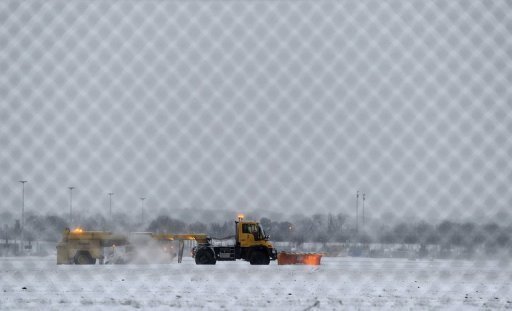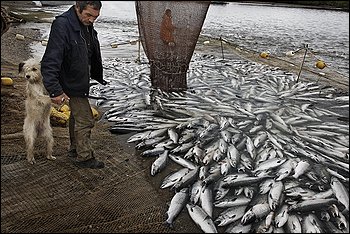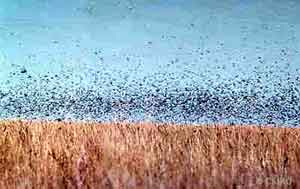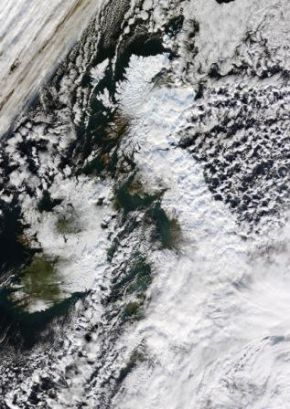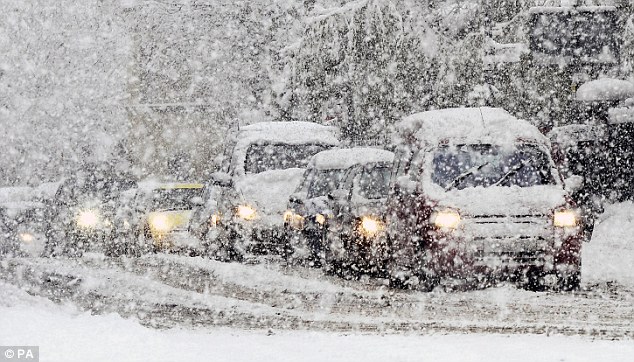
The UK economy has suffered a huge blow when millions of people could not get to work because of travel chaos caused by the snow, losing firms valuable business in the crucial run-up to Christmas.
An estimated two out of five staff were not able to go to work as train services ground to a halt and roads were impassable, with police in some areas advising people not to travel unless it was absolutely necessary.
A survey of almost 1,000 employers found 38% of workers could not get to their office on Thursday morning and a further 43% were late arriving.
A third of the firms questioned by employment law firm Peninsula said they will send their staff home early on Thursday if the bad weather persists.
Peter Done, managing director of Peninsula, said: "Snowfall was the major issue yesterday, but the big problem for businesses today is the icy conditions left behind. Public transport such as buses and trains have been hit with major cancellations making it almost impossible for some workers to get into work this morning."
